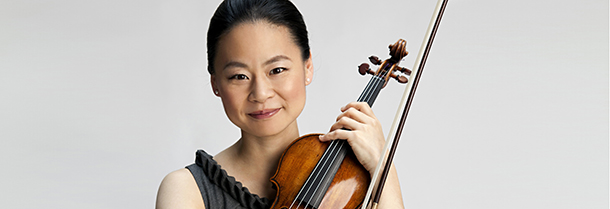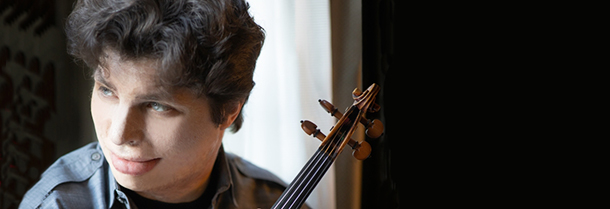Tag: solo violin
-

-

PROGRAM NOTES: AUGUSTIN HADELICH
Johann Sebastian Bach Partita No. 3 in E major BWV 1006 If polyphonic music was not meant to be played on the violin, Johann Sebastian Bach didn’t get the e-mail. His Sonatas and Partitas for solo violin BWV 1001-1006 of 1720 reveal clearly the scope of his ambition in this regard. The six works in…

